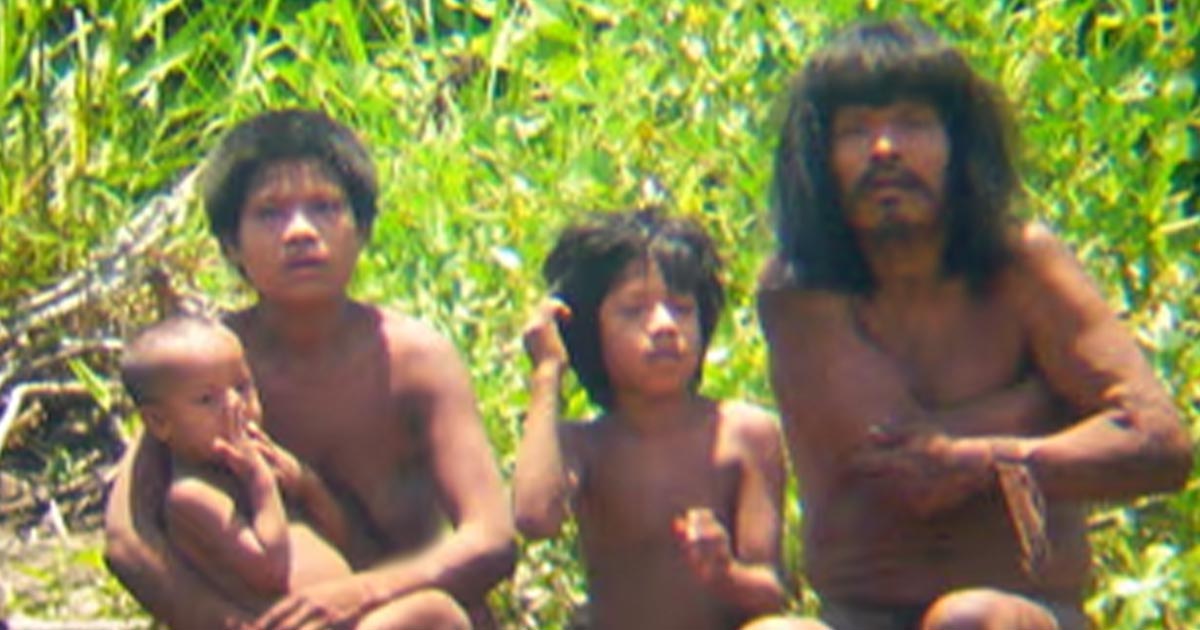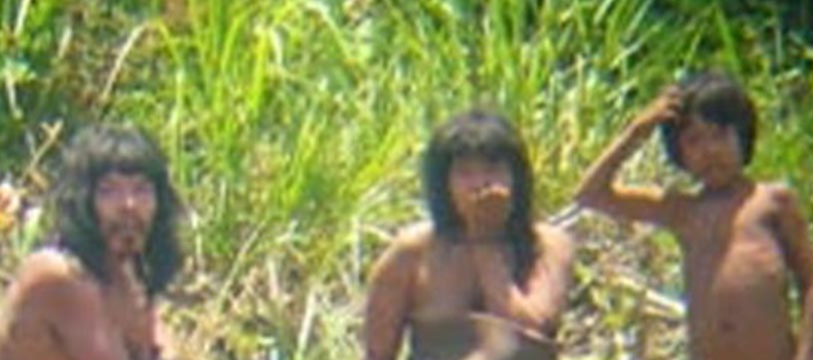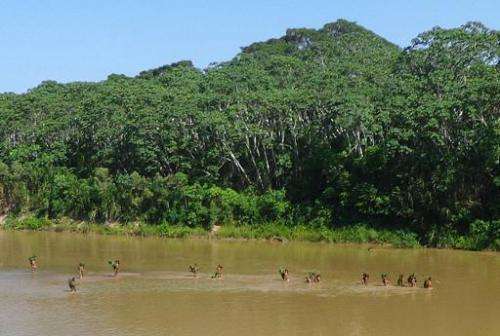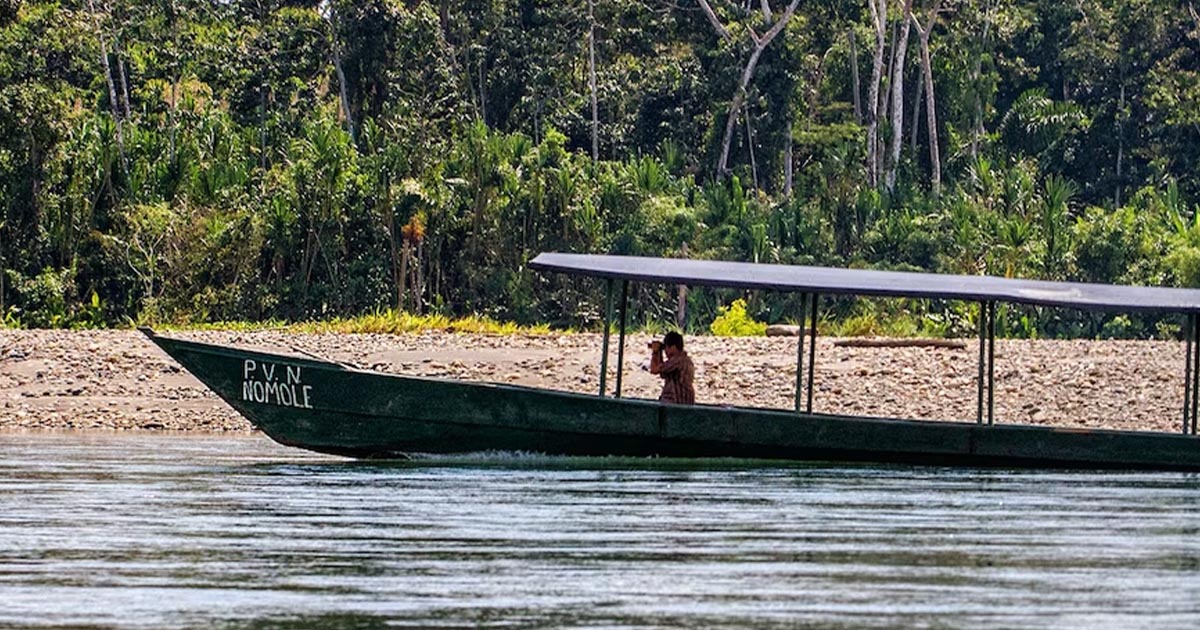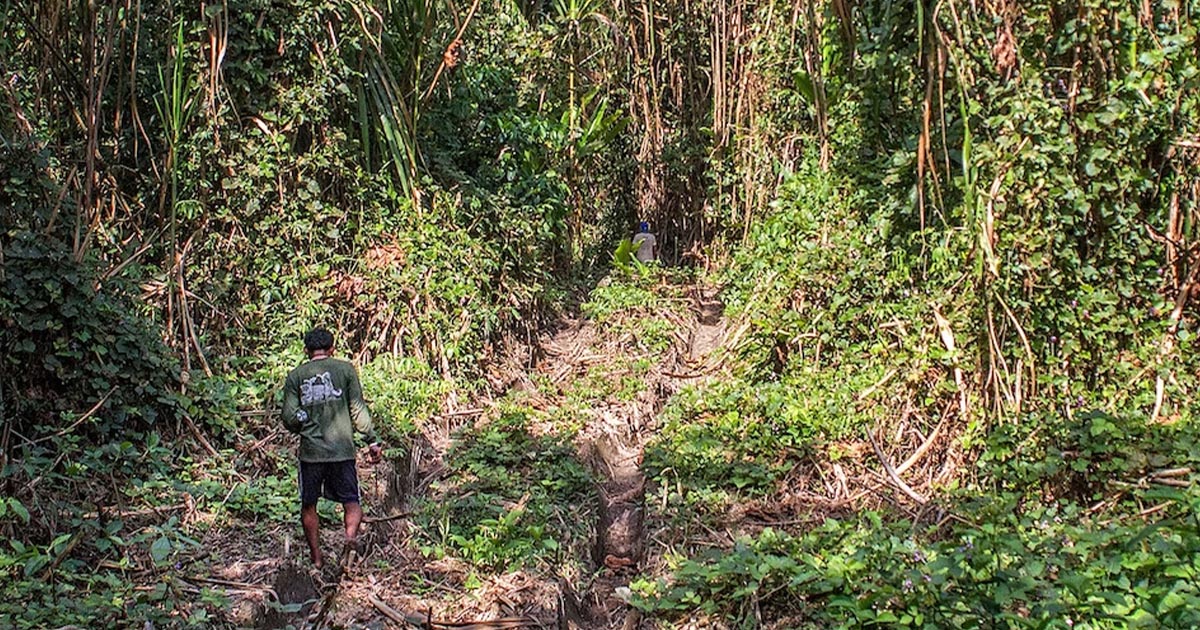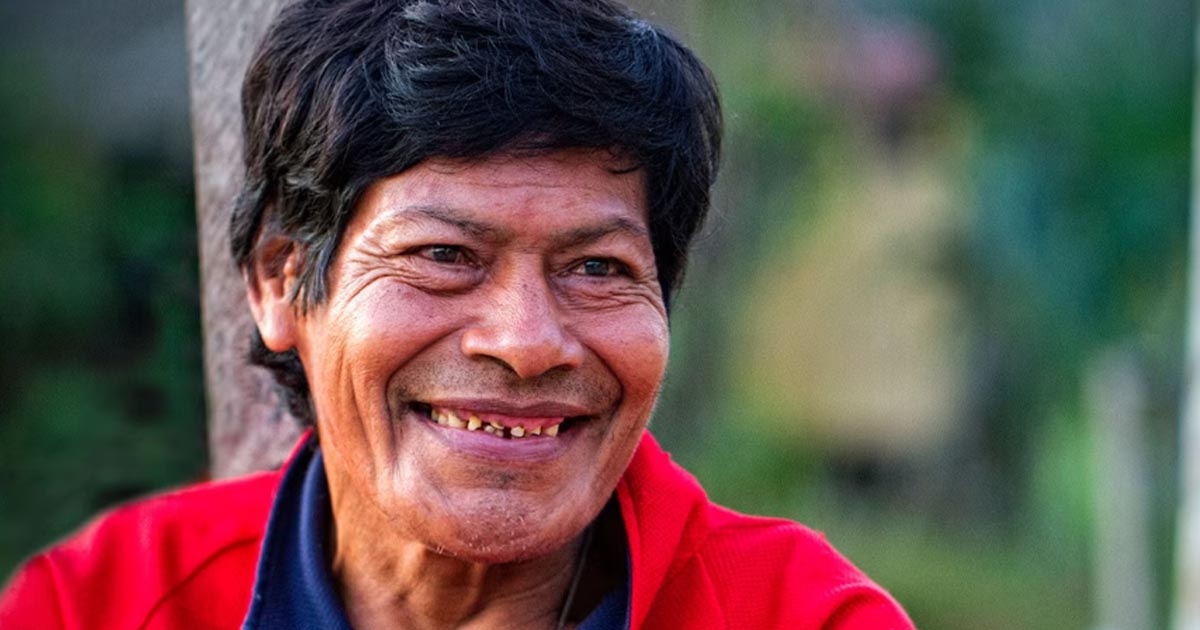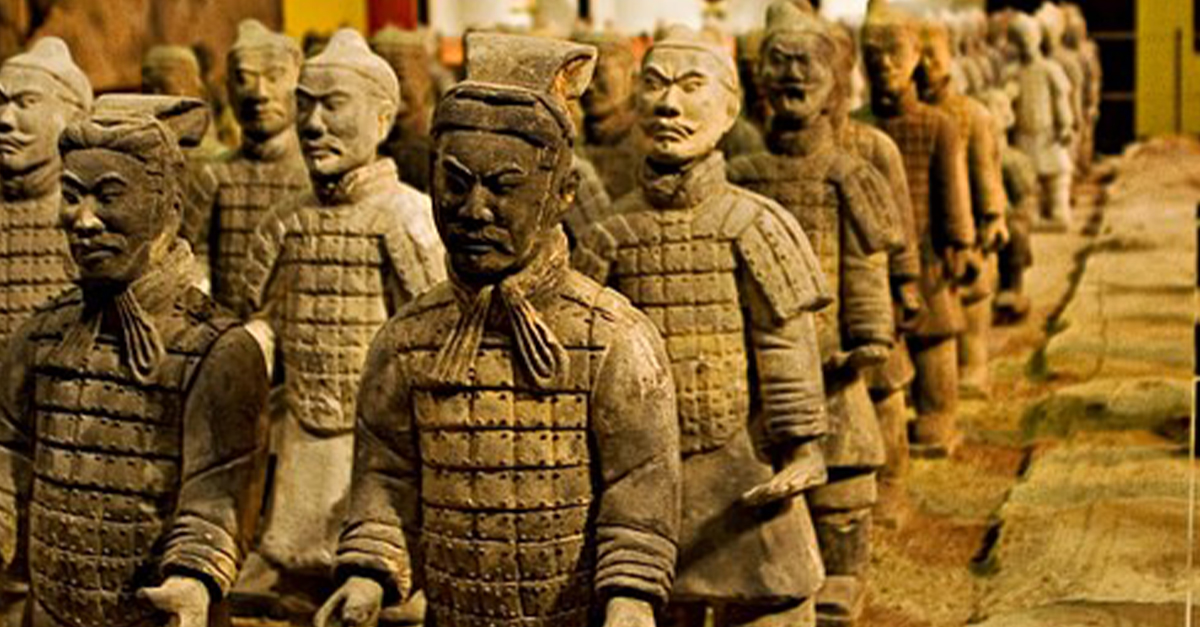The Mashco-Piro: Making Contact With An Isolated Tribe
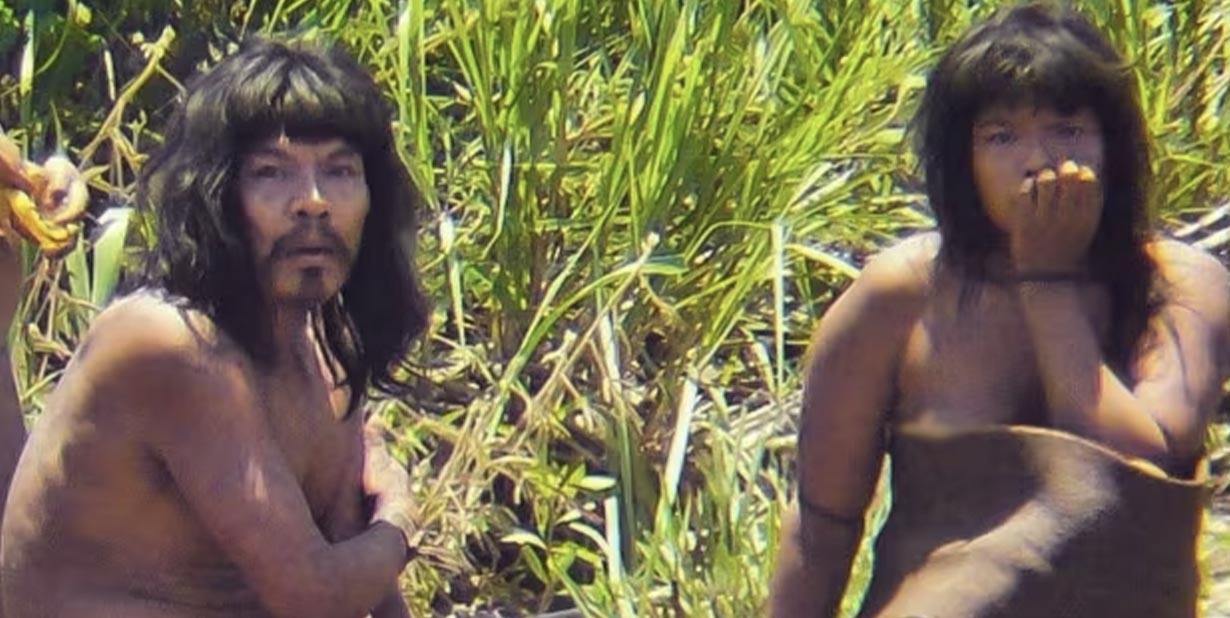
The Amazon Forest of Peru is home to 15 indigenous groups who have chosen to remain uncontacted from the rest of the world. But in recent years, one tribe has chosen to make themselves known to outsiders: The Maschco-Piro.
We still don’t know much about the Maschco-Piro tribe but as oil and logging companies have encroached on their land over the last few years, there have been several encounters with these mysterious people—and not all of them have been peaceful.
So, what do we know about the Maschco-Piro? And what does the future hold for them? Let’s find out.
Their History
The Maschco-Piro people have called Peru home for centuries, with archeological evidence suggesting they’d been living in the Amazon rainforest long before contact with Europeans. The Peruvian rubber boom, which lasted from 1870 to 1918, saw an influx of Europeans to the Amazon Forest.
While the rubber boom was a means to riches for these explorers, it was a death sentence for the Mashco-Piro.
Their History (Cont’d)
In 1894, a private militia belonging rubber baron Carlos Fitzcarrald massacred nearly all of the Mashco-Piro tribe. Unlucky survivors were enslaved while the rest escaped deeper into the forest and cut themselves off from the rest of the world.
The Mashco-Piro remained completely uncontacted until the late 1990s, when oil companies and illegal loggers ventured into the remote corners of the Amazon rainforest.
At that time, it was estimated that there were up to 250 members of the tribe. Since then, the tribe has grown, with new estimates suggesting there may be anywhere from 600 to 800 Mashco-Piro living in Peru.
Their Culture
The Mashco-Piro are nomadic hunter-gatherers, which has allowed them to survive in the most isolated regions of the Amazon rainforest. Not much is known about their daily life, but from the few encounters they’ve had with the outside world, we know that they are very good at climbing trees.
They also make a special kind of booze by fermenting fruits in bamboo pods, and we’ve learned they often name themselves after the flowers and plants in the forest.
From temporary shelters that have been left along riverbanks, we know that Mashco-Piro huts are usually made of palm leaves and raised on stilts to protect them from flooding. Since most of these huts have been found along rivers, scientists think the tribe uses them for fishing during Peru’s dry season, while they return to the depths of the forest during the wet season.
Their Language
The Mashco-Piro speak a dialect of the Piro language, which is a group of languages that are spoken in the Peruvian Amazon. Scientists have not been able to find evidence of a written form of their language, which has made it difficult to improve our ability to understand or communicate with the tribe.
After sporadic encounters with outsiders over the years, and a few cases of Mashco-Piro settling in non-native villages, some locals have been able to learn a little bit of their language. From this, we know that the Mashco-Piro call themselves “Nomole”.
Encounters With Outsiders
Like many uncontacted tribes, remaining isolated from the outside world was a means of survival for the Mashco-Piro. However, as oil and logging companies have pushed their operations further into the Amazon rainforest, the Mashco-Piro’s time of complete isolation has come to an end.
While the Peruvian government maintains a strong policy of no contact with isolated tribes, the Mashco-Piro have been slowly been reaching out to the rest of the world.
There have been several cases of Mashco-Piro leaving the forest to ask for food and supplies from Peruvian villagers. Often, these encounters are peaceful and brief—but it’s easy for things to take a deadly turn.
Encounters With Outsiders (Cont’d)
In 2010, a villager named Shaco Flores befriended the Mashco-Piro. For a year, he gave them tools, bananas, and machetes. But when he stopped supplying the tribe with goods, their relationship took a dark turn. In November 2011, the Mashco-Prio began targeting Shaco, eventually ending his life with an arrow to the heart.
Another dangerous encounter with the tribe took place in December 2015, when 200 Mashco-Piro warriors stormed the village of Monte Salvado. Although they shot arrows at the villagers, no one was injured, and the men left after taking food, blankets, rope, and machetes.
While this encounter was more volatile than previous ones, the government believed it was motivated by a need for supplies, since much of the Mashco-Piro traditional hunting grounds have been destroyed by illegal loggers.
Their Struggle To Survive
As oil companies and illegal loggers continue to expand into the Amazon rainforest and encroach on the Mashco-Piro’s traditional lands, there are concerns about how the tribe will survive in the coming years. Illegal logging is the biggest threat to the tribe, as the deforestation that it causes destroys the ecosystem that is vital to the Mashco-Piro’s survival.
With less food to hunt and raw materials to make crucial supplies for survival, instances of the Mashco-Piro reaching out for aid are likely to increase.
Their Struggle To Survive (Cont’d)
While many may think that the Peruvian government’s policy of no contact with the Maschco-Piro is for the protection of non-natives, it is actually meant to protect the tribe. Exposure to disease is a great concern, since the Mashco-Piro’s isolation has made their immune systems weak to illnesses from the outside world.
Encounters with outsiders also threaten to impact the tribe’s unique culture, especially if they begin to assimilate with non-native villagers. While encounters with the tribe are still brief, there have been three recorded cases of Mashco-Piro women leaving the tribe and settling in nearby Peruvian villages.
The Future Of The Mashco-Piro
As the modern world encroaches on their isolation, the Mashco-Piro tribe finds themselves facing an uncertain future. Today’s billion-dollar corporations are as ruthless as the rubber barons of the past, and reaching out for help from the outside world presents its own unique challenges for the Mashco-Piro tribe.
Luckily, their history is one of resilience, and this offers a glimmer of hope for the survival of this unique group of people.

